A couple of weeks ago, ARRI Rental has introduced its new fleet of exclusive black-and-white cameras: ALEXA 65 Monochrome, XT Monochrome, and Mini LF Monochrome. The cameras offer enhanced sensitivity, resolution, and contrast over the regular ALEXAs. However, RED Digital Cinema has been offering monochrome cameras for a long time, nevertheless, just a few films were shot on them. Will ARRI help to renovate monochromatic cinematography?
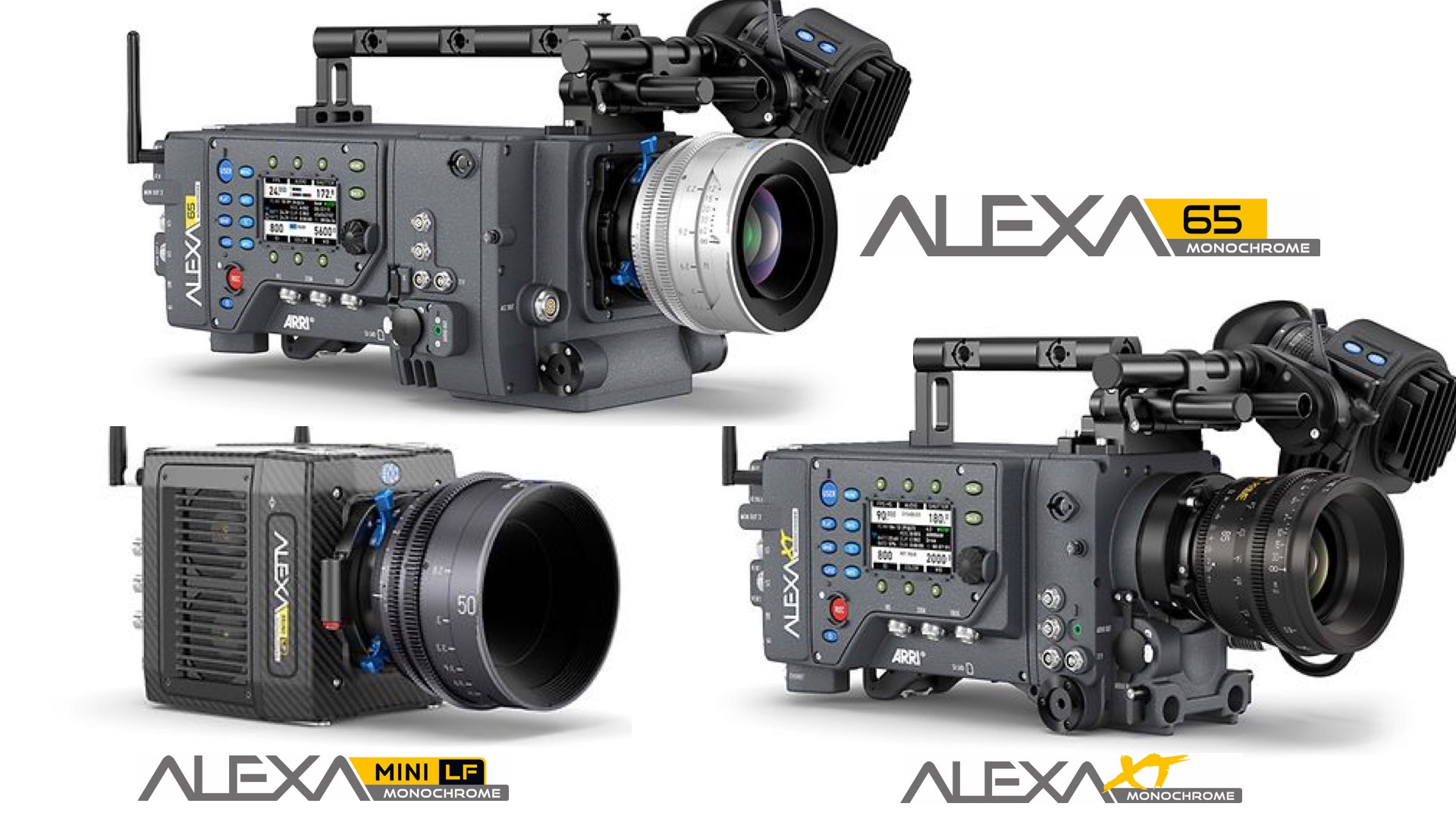
The new fleet of monochrome cinema cameras
Three weeks ago, ARRI Rental has introduced a new fleet of exclusive black-and-white cameras: The ALEXA 65 Monochrome for 65 mm capture, the ALEXA XT Monochrome for Super 35, and the ALEXA Mini LF Monochrome. The cameras which offer enhanced monochromatic sensitivity, resolution, and contrast over the regular ALEXAs, are dedicated to superior black & white imagery for filmmakers who seek to shoot black & white. The question remains if there’s enough demand for B&W cinematography. These cameras shoot much better blacks and whites when B&W is preferred over color.
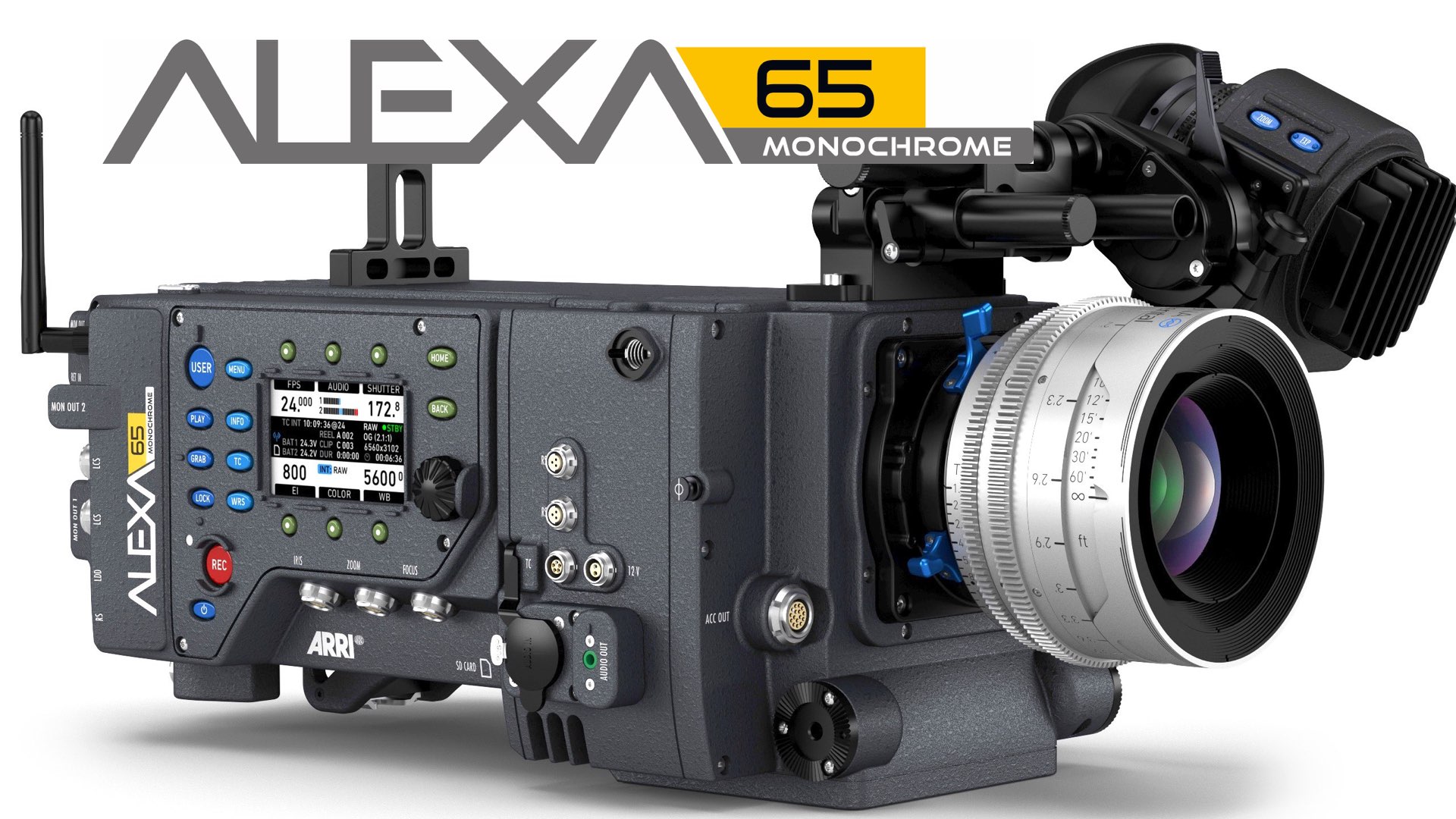
RED Digital Cinema as a pioneer
One of the first cinema cameras that were manufactured with a monochrome sensor, is the RED Scarlet-W 5K, titled Scarlet-W RED Dragon 5K Monochrome. The camera was introduced in 2015 as a Super 35 RED camera with a resolution of 5K that is dedicated to black-and-white shooting. For many years, RED has been developing special cameras that are designed to shoot black and white with more precise resolution and enhanced light sensitivity. In fact, almost every model RED releases, will be followed by its B&W twin. Therefore, expect Raptor Monochrome as well, and even a RED V-Raptor Monochrome IR (Infra-Red) – should be introduced in the next months. The removal of the IR filter from the monochrome sensor grants very special imagery —see the explanation below.
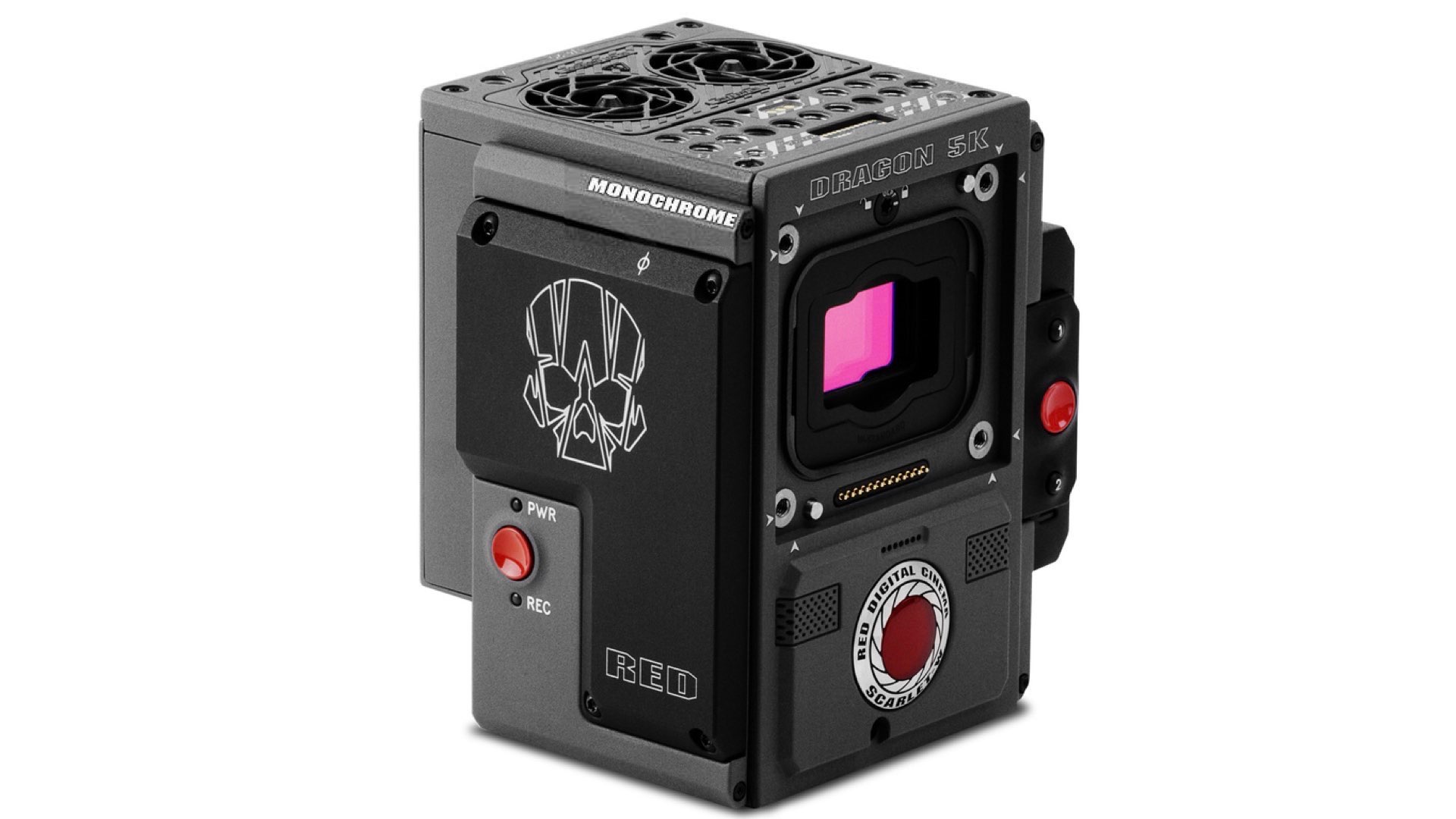
What’s the deal with the monochrome sensor?
Yes- You can just shoot in color and eliminate the saturation in post, and this could lead to extraordinary results. Take, for instance, the masterpiece Roma, directed by Alfonso Cuaron. The film was shot on a ‘conventional’ ARRI ALEXA 65 camera and presented in outstanding B&W imagery.
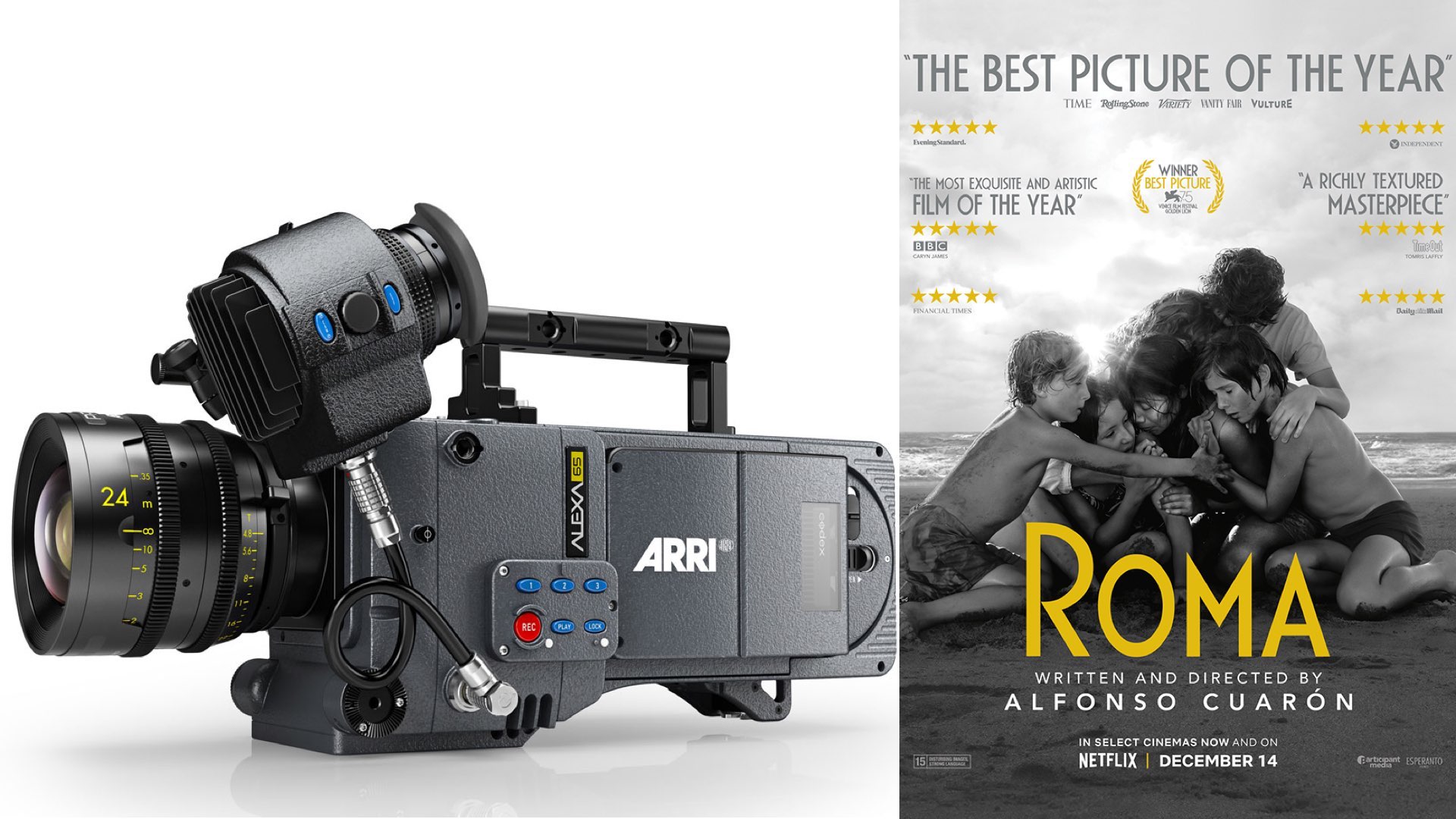
However, a monochrome camera is characterized by a monochrome sensor. Unlike color sensors, monochrome sensors capture all incoming light at each pixel regardless of color. Each pixel receives up to 3X more light since red, green, and blue are all absorbed. This translates into a 1 to 1.5 stop improvement in light sensitivity. Technically speaking, that sensor lacks the Bayer mask, allowing each photosite to capture the full spectrum of visible light. Furthermore, by eliminating the IR filter, monochrome cameras can capture the non-visible infrared light that renders white foliage, milky skin, black eye pupils, and moody skies. For a well-deserved demonstration, watch NOPE movie, shot on the new ALEXA 65 Monochrome IR combined with Panavision System 65, in order to film the night scenes during the day (Day for Night) and still get an artistic exclusive and mysterious look, that serves and enhances the storytelling process.
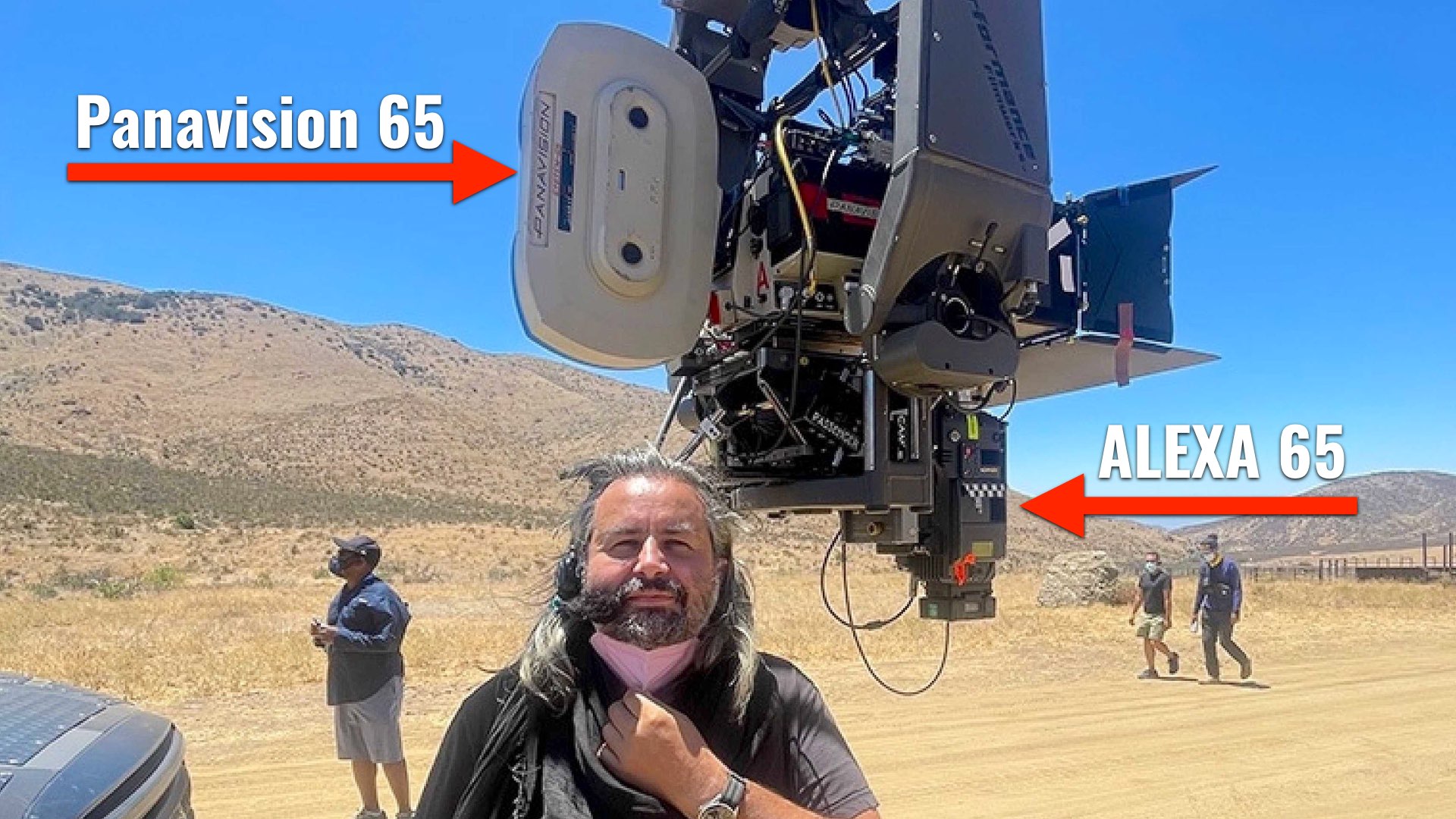
Bottom line
The amount of films shot on monochrome cameras is very small. Only a fraction of the total black-and-white projects have been filmed with monochrome cameras. For instance, the acclaimed Mank movie was shot by Erik Messerschmidt on the Ranger Helium Monochrome.
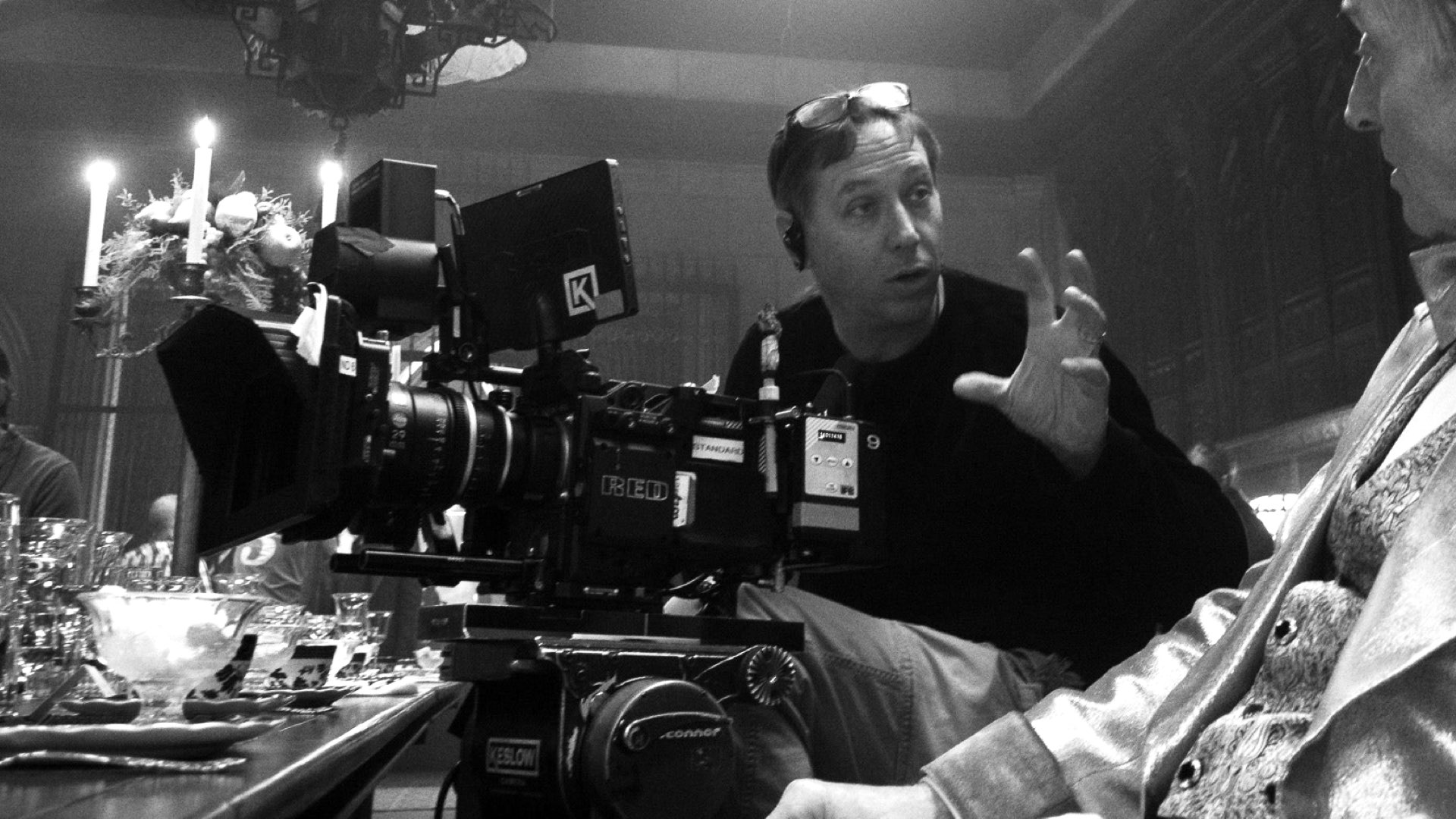
Also, there are The Sparks Brothers shot by cinematographer Jake Polonsky using the RED Monstro Monochrome (screened at Sundance 2021). And of course, there’s NOPE, which was shot on the newly announced ALEXA 65 Monochrome IR, by the mighty Hoyte Van Hoytema, which utilized the same technique in Ad Astra (using the ALEXA Classic IR). Nevertheless, Hoyte used that to shoot Day for Night scenes, and not for a pure B&W movie. Hence, there’re not many B&W films that we are familiar with, which were shot on monochrome cinema cameras. However, we believe that there’s a particular demand for B&W imagery.
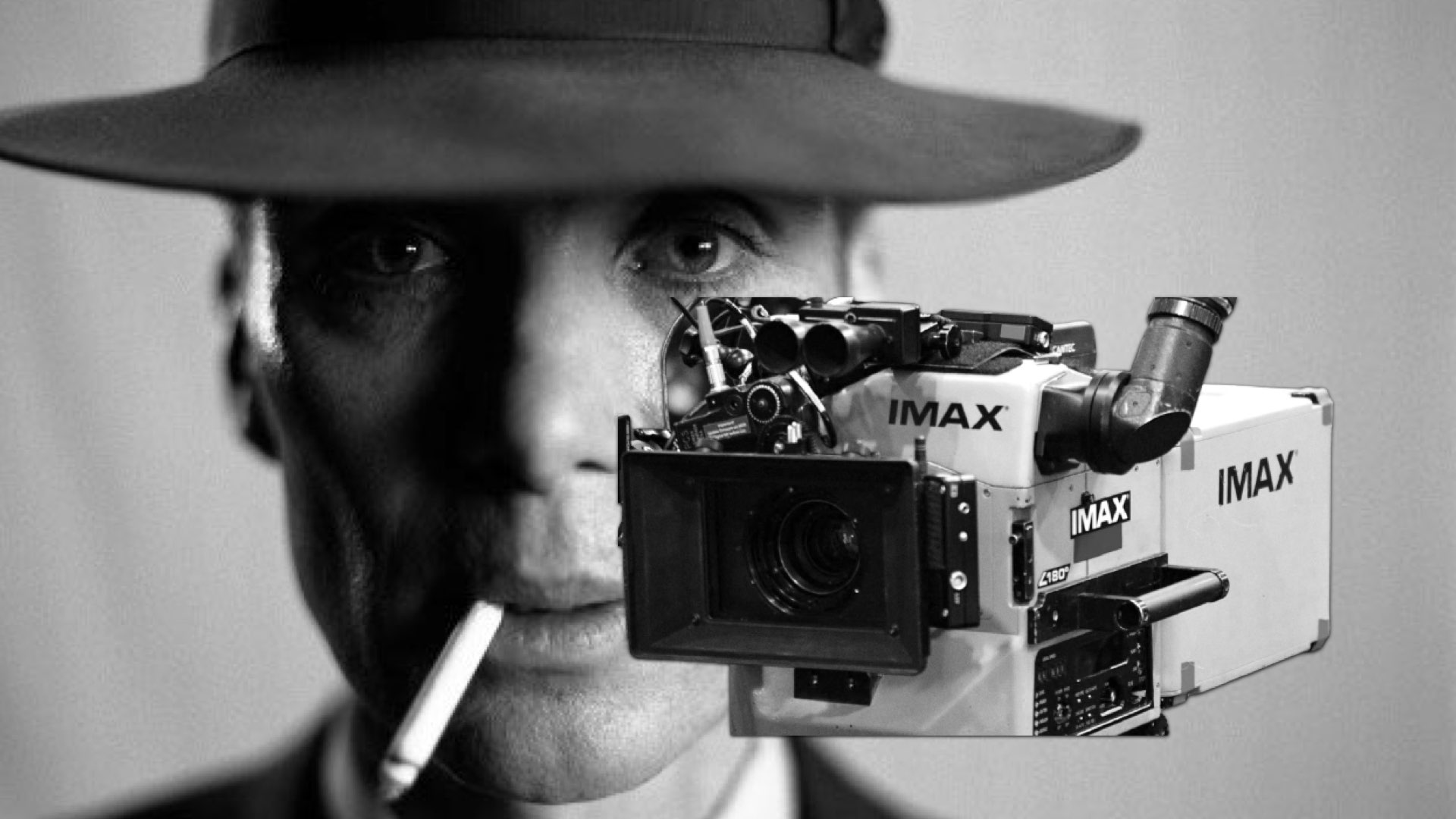
The anticipated Christopher Nolan’s Oppenheimer is being shot with black and white 65mm film stock for the IMAX, and it’s not the sole B&W IMAX project. Thus, the demand is there. Will the monochrome cinema cameras transform this into a trend?

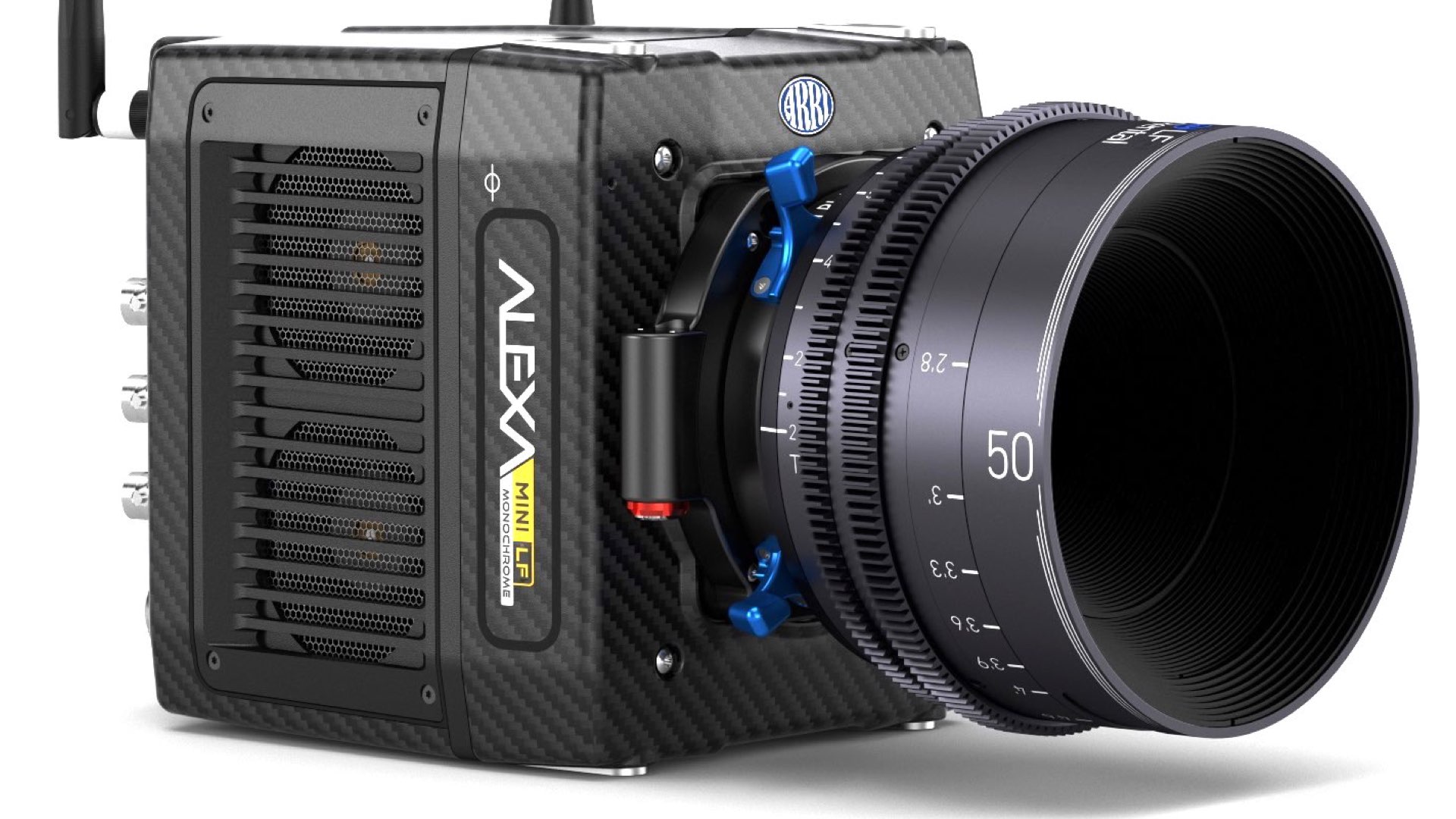





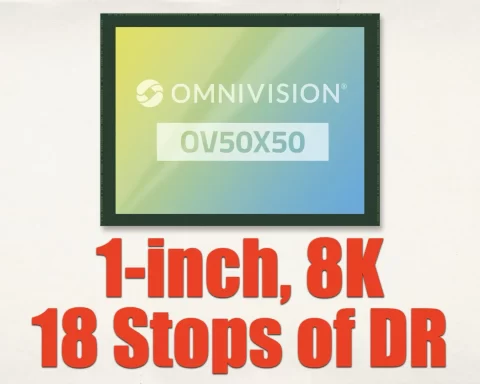

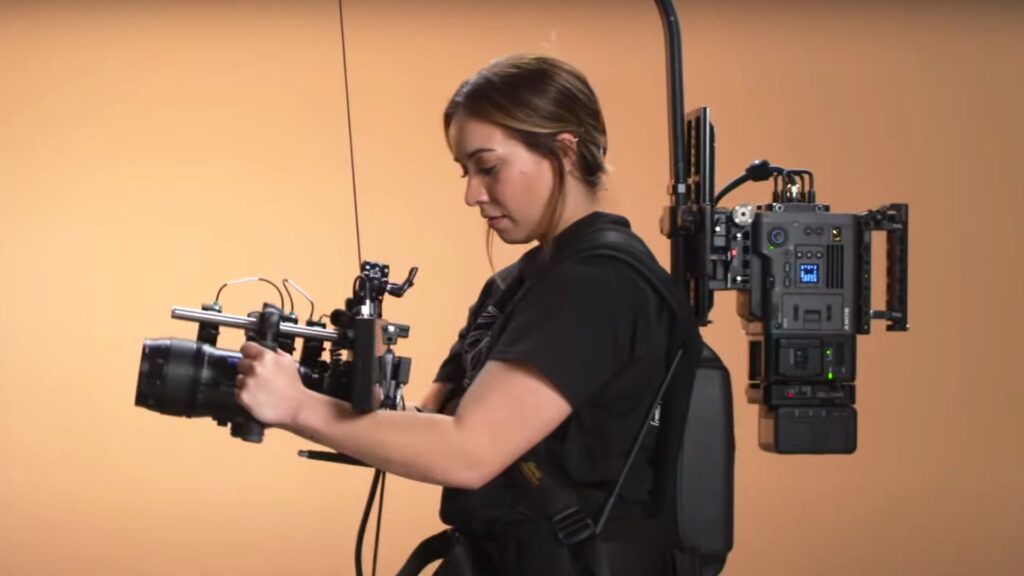
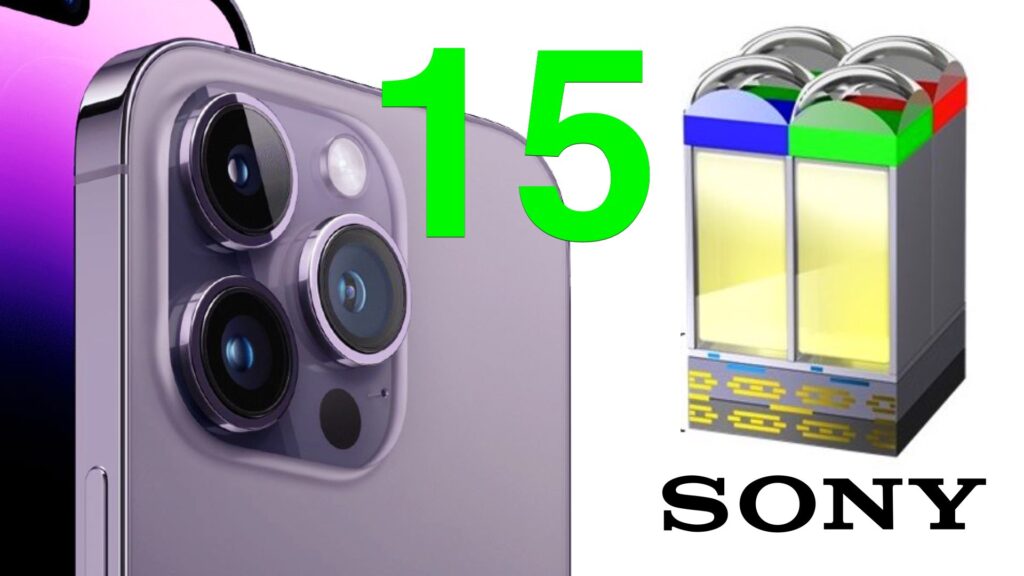
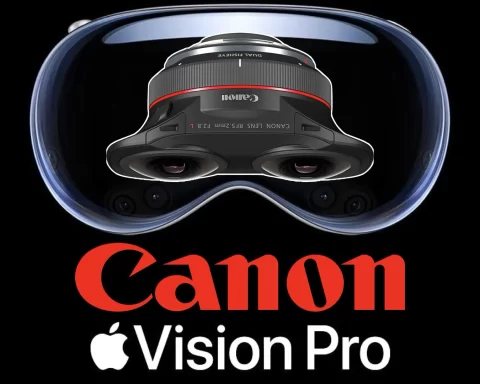
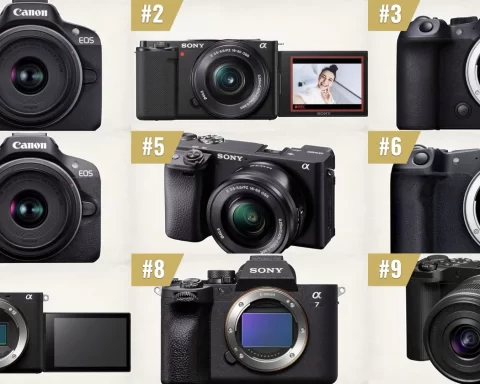





Around the time of the launch of the Komodo, Jarred Land said that a monochrome version was definitely in the works.
Yeah, I remember that. Maybe they have decided not to invest in it due to low demand.